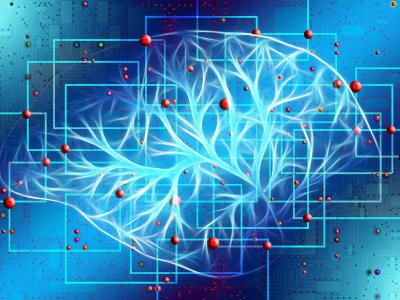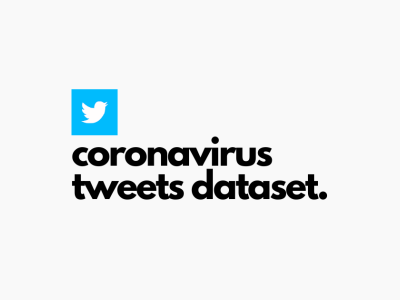Sparse Combinatorial Dataset

- Citation Author(s):
-
Mohammed Issam Younis (Department of Computer Engineering, College of Engineering, University of Baghdad. )Ammar Al Mhdawi (School of Engineering and Sustainable Development, De Montfort University, UK)Nadia AL-Jamali (Department of Computer Engineering, College of Engineering, University of Baghdad. )Kamal Zamli (UMP, Malaysia)Hamed Al-Raweshidy (Brunel Univeisty London, Dept. of Electronic and Electrical Engineering)
- Submitted by:
- Hamed Al-Raweshidy
- Last updated:
- DOI:
- 10.21227/vd24-na59
- Research Article Link:
 152 views
152 views
- Categories:
- Keywords:
Abstract
Recently, combinatorial interaction strategies have a large spectrum as black box strategies for testing software and hardware. This paper discusses a novel adoption of a combinatorial interaction strategy to generate a sparse combinatorial data table (SCDT) for machine learning. Unlike test data generation strategies, in which the t-way tuples synthesize into a test case, the proposed SCDT requires analyzing instances against their corresponding tuples to generate a systematic learning dataset. This paper reviews the state-of-the-art literature on machine learning and recommends the WEKA workbench tool to help with the experiments. Four discrete datasets, namely: Weather, Lung Cancer, Autistic Spectrum Disorder Screening Data (ADS) for Children, and Caesarian, were evaluated and compared with the related works. In addition, extensive experiments illustrated the derivation of SCDT, the selection of classifiers, the learning of classifiers, the evaluation of classifiers, and the discussion of lessons learned from experiences. Five algorithms (A1DE, A2DE, IBk, kStar, and Random Tree) out of twenty-seven are suitable for SCDT training. The practical results show that these five algorithms, when trained with 2-way SCDT for the Weather dataset, yield ideal accuracy (100%). Besides that, ideal accuracy is obtained by: A1DE, A2DE, and IBk algorithms when trained with 2-way SCDT for the Lung cancer dataset; A2DE and IBk algorithms when trained with 5-way SCDT for the ADS dataset; the IBk and kStar algorithms when trained with 4-way SCDT for the Caesarian dataset. Moreover, the accuracy obtained by adopting the SCDT training is promising as compared to related works and the conventional random selection of training instances. Furthermore, the SCDT assists in detecting and reporting conflicts in the dataset before the training phase. Finally, this paper states the contribution of the proposed SCDT and future research prospects in this field.
Instructions:
None







